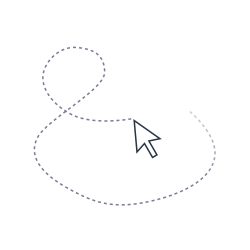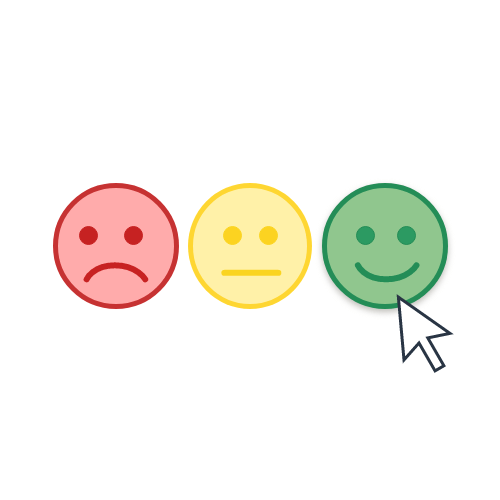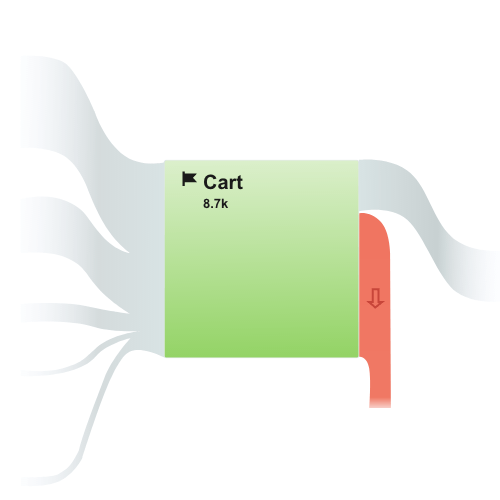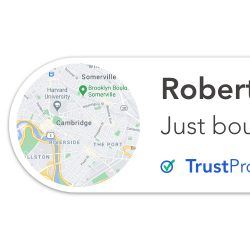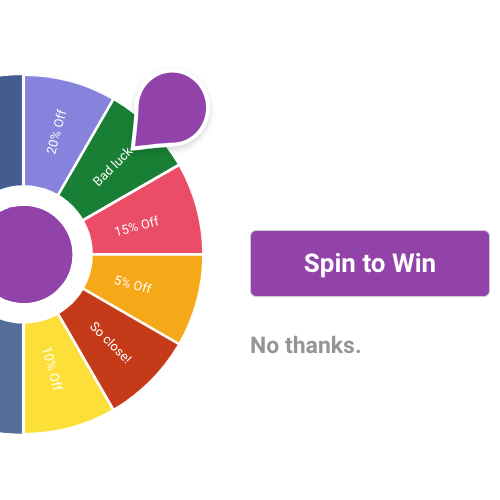Every purchase begins with a decision. That puts psychology at the centre of eCommerce. The most successful eCommerce websites use psychology to convert over three times as often as an average store, and any website can use the same techniques to increase their conversions. This guide contains principles and studies from over half a century of scientific research, as well as practical advice about how to apply them.
The Practical Guide to eCommerce Psychology
- Cognitive Biases and Your eCommerce Conversion Rate
- Brands, Framing and eCommerce Psychology
- Four Principles To Increase Your Store’s Sales and Sign-ups
Whilst it may seem like an unusual way to increase your sales, eCommerce psychology is rooted in some of the most well-known psychological and sociological studies. There is no magic formula for increasing your conversion rate, but these principles can help you to structure your website’s design and content.
In 1974, two psychologists (Daniel Kahneman and Amos Tversky) published a controversial article in the American Association for the Advancement of Science journal: Judgement under Uncertainty. In it, they showed how psychological biases such as “Availability” and “Anchoring” affect everyday decisions. The article was disruptive because it suggested that many of our choices are due to guesswork and bias rather than reason. Yet, despite the controversy, research published in the following half-century has supported this idea.
Scientists like Richard Thaler, Daniel Kahneman, Dan Ariely and Robert Cialdini have shown how the decisions we make are very often irrational. By studying large numbers of people and their behaviour, these irrational biases become predictable. Because of how important these effects are to how we make decisions, they can decide whether or not your customers click “buy.” As a result, biases are a big part of eCommerce psychology.
Creating a brand that consumers recognise and trust is an important part of eCommerce. However, the process of brand creation is much more complicated than most people think. For example, FMRI studies have highlighted the importance of non-rational associations in shaping our reaction to brands. Even the colours that a company chooses can have a significant impact on our response. A study conducted at the University of Winnipeg in 2006 suggested that a large proportion of brand preference is related to colours.
The associations that a brand provokes are also important. For example, Jeff Bezos famously chose the name “Amazon” because of its association with size, volume and flow. Brad Stone quotes Bezos in his book The Everything Store:
This is not only the largest river in the world, it is many times larger than the next biggest river. It blows all other rivers away.
One of the most important aspects of branding is consistency. Regularity makes it easier for people to spot patterns, and repetition makes an idea easier for people to remember. The ability to predict what an event or experience will be like increases positive feelings towards it, an effect psychologists call “Mere Exposure.” Because of this effect, even minor interruptions in a brand’s appearance can produce strong negative reactions.
Whilst the theory of cognitive biases and branding can be useful, they may not have an immediate impact on your sales. This section introduces four of the most important concepts in the field of eCommerce psychology, and shows you how to use them to increase your conversion rate. In each case, you’ll see the principle, the studies that support it, and some ideas about how to use it.
We are helpless to resist the power of scarcity. When something is rare, its value goes through the roof. Not only does that make it more valuable, it also shapes the choices people make. The “Fear of Missing Out” can turn a difficult choice into a no-brainer.
Stephen Worchel, “Effects of Supply and Demand on Object Value,” Personality and Social Psychology, 32 (1975)
In an experiment conducted in 1975, the psychologists Adewole, Lee and Worchel showed that supply has a big impact on the way people value an object. 200 female students were asked to guess the value of cookies in two different jars: one where the cookies were “running out,” and one where there were plenty.
The results showed that…
- When cookies were “running out,” they were valued more highly
- This effect was increased when they ran out over time
- When the cookies were also well-reviewed, they were even more valuable
As this famous experiment demonstrates, scarcity is a powerful part of eCommerce psychology. You can use it to increase demand and to improve your conversion rates.
How To Increase Your Conversion Rate With Scarcity
One way to leverage scarcity and FOMO is to display stock levels on your product pages. Shopify users can do this by adding a small piece of code to your product page template (the template labelled product-template.liquid). Once you’ve done that, the number of items left will be displayed on your product pages. To create scarcity for your products, ensuring that your conversion rate stays high, you can manage your stock levels using Shopify’s product editor.
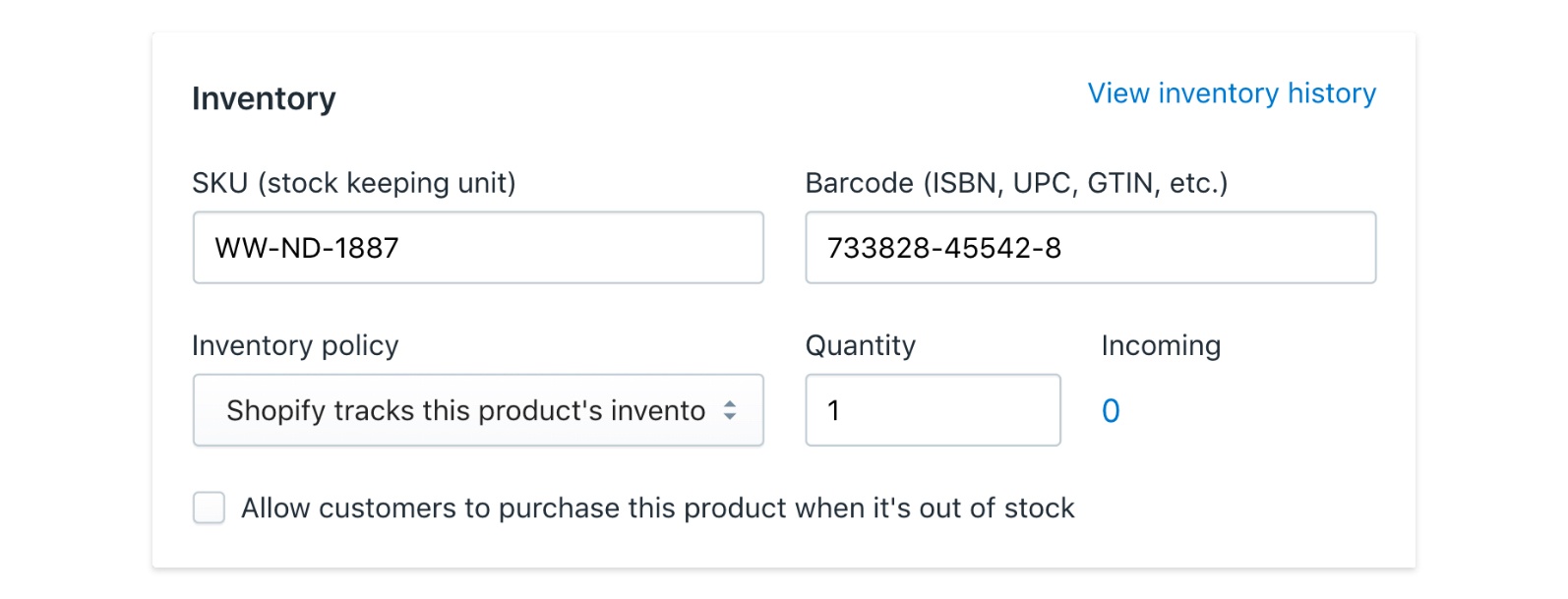
One of the advantages of using an eCommerce platform like Shopify is the large selection of apps and plugins available. The best Shopify Social Proof apps often include low-stock messages, and some even estimate when an item is likely to sell out.
Any eCommerce store can add FOMO to its product pages, either by downloading an app or by creating scarcity manually. Copywriters often incorporate elements of scarcity into their product descriptions and titles. It’s easy to edit these, and (by duplicating the product page) you can A/B test your descriptions with and without scarcity. Using a Fomo app allows you to show your customers when a product is low in stock. Because low stock notifications are based on real scarcity, they can have a powerful effect on your customers’ behaviour.
One of the biggest challenges for eCommerce and retail websites is turning a customer’s interest into action. There are hundreds of options available for most consumer products, so it takes a lot for someone to commit to a purchase. Urgency is an important concept with eCommerce psychology. By creating urgency with a time-limited offer, you can stop customers procrastinating and increase your conversions.
Piers Steel, “The Nature of Procrastination” Psychological Bulletin, 133 (2007)
Neurobiological research suggests that procrastination may be affected by the structure of the brain. In urgent situations, the limbic system (where pleasure, anxiety and emotions occur) is able to overpower the pre-frontal cortex (which is associated with planning and decision making). Because of this, it is common for people to delay unpleasant or stressful activities, reducing their short-term anxiety.
Whilst real-world decisions are more complicated than this simple division of brain structures suggests, there are many similar scenarios in which the brain gives short-term priority to emotional factors (like fear). That helps to explain why people delay making difficult decisions.
How To Use Urgency Within eCommerce
Introducing a deadline creates an emotional reaction that helps to counter-balance the immediate stress of making a purchase. Rather than agonising over the decision, often putting it off until later, a deadline encourages people to take action immediately. To add urgency to your store, you need some triggers. Again, the simplest approach is to use your product title, image and description to highlight a time limit. For example, some product descriptions and titles present customers with their “last chance” to get a particular deal.
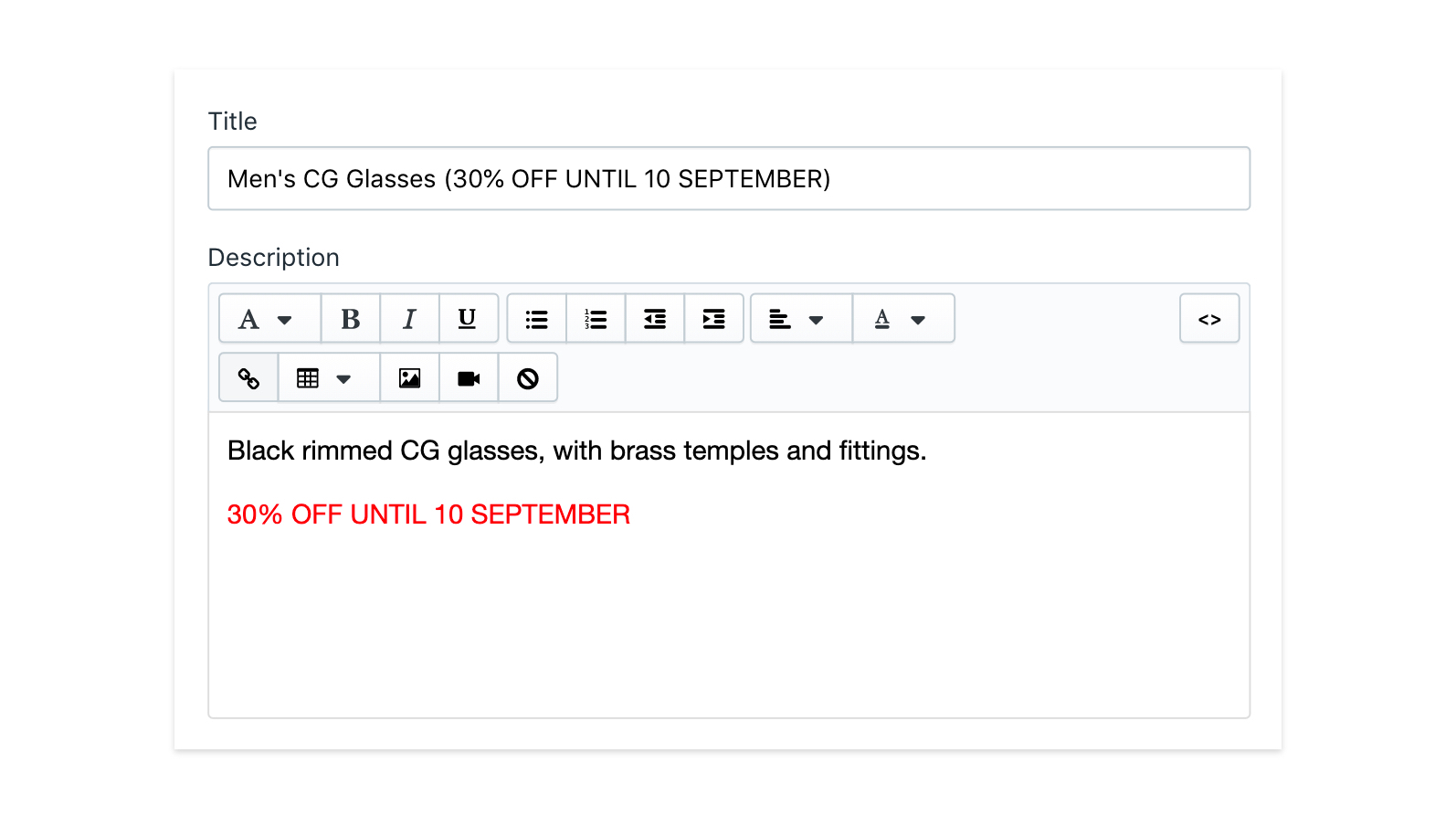 Leveraging biases in your product descriptions means you can also include it in your page’s Meta Title and Meta Description. Therefore, any internet search that displays your product will show that it has a time-limit attached. Not only will this bias improve your conversion rate, it will also improve your SERP click-through rate.
Leveraging biases in your product descriptions means you can also include it in your page’s Meta Title and Meta Description. Therefore, any internet search that displays your product will show that it has a time-limit attached. Not only will this bias improve your conversion rate, it will also improve your SERP click-through rate.
Using Countdown Widgets to Create Urgency
To enhance the urgency associated with a time limit, you might consider adding a countdown timer. The Shopify App Store contains a number of countdown plugins that can be attached to buttons, installed as a widget or used as a header bar. In fact, there are over 50 specialist apps designed to create urgency.
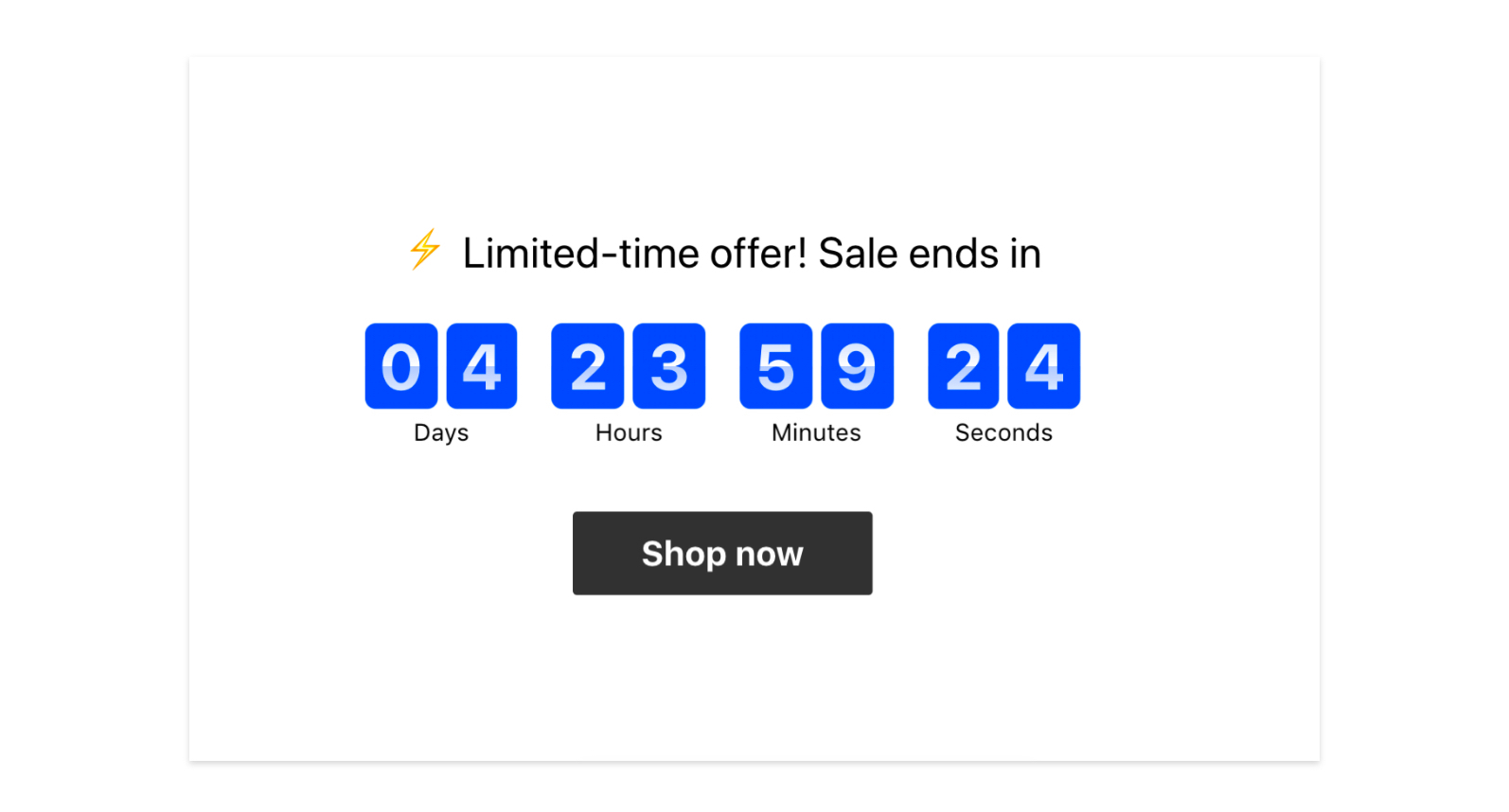
Other people have a big influence on our opinions and our choices. Since the early 20th-century, psychologists have shown how group influence can shape our perception of the world around us. In the same way, group dynamics have a big impact on eCommerce psychology.
- The Moving Dot Test – Muzaffer Sherif (1935) Groups of three subjects were placed in a dark room and asked to watch a dot of light (this dot was actually static but appeared to move due to the auto-kinetic effect). Subjects were allowed to discuss the dot’s movement during the test and were then asked to estimate the range of movement individually. The estimates given by subjects tended to match those of their test groups – despite the fact that the effect was entirely imagined.
- The Standard Line Test – Solomon Asch (1956) Subjects were asked to guess which of three different lines was equal in length to a fourth “standard” line. They were then placed in a group that disagreed with their guess and encouraged to changed their opinion. Only 25% of subjects did not conform to the group’s decision.
In recent years, this effect has become known as Social Proof, and it has become a common feature within eCommerce websites.
Robert Cialdini, “A Room With a Viewpoint“, Journal of Consumer Research, 35 (2008)
In the famous “Hotel Towels” experiment, Robert Cialdini (along with Noah Goldstein) tested the effect of Social Proof on the power of a simple sign. Hotel guests were shown two different signs prompting them to recycle their towels. One group (A) were told that reusing their towels was better for the environment. The other group (B) was given the same information AND told that the majority of other guests had chosen to recycle their towels.
The result showed a clear and statistically significant impact. Group A recycled 35% of their towels, whilst Group B (the Social Proof condition) recycled 40%.
How to Increase Your Conversion Rate With Social Proof
To see Social Proof in action, all you have to do is look at a product on Amazon. Each one has its own reviews and star-ratings, designed to build confidence in the seller and the product.
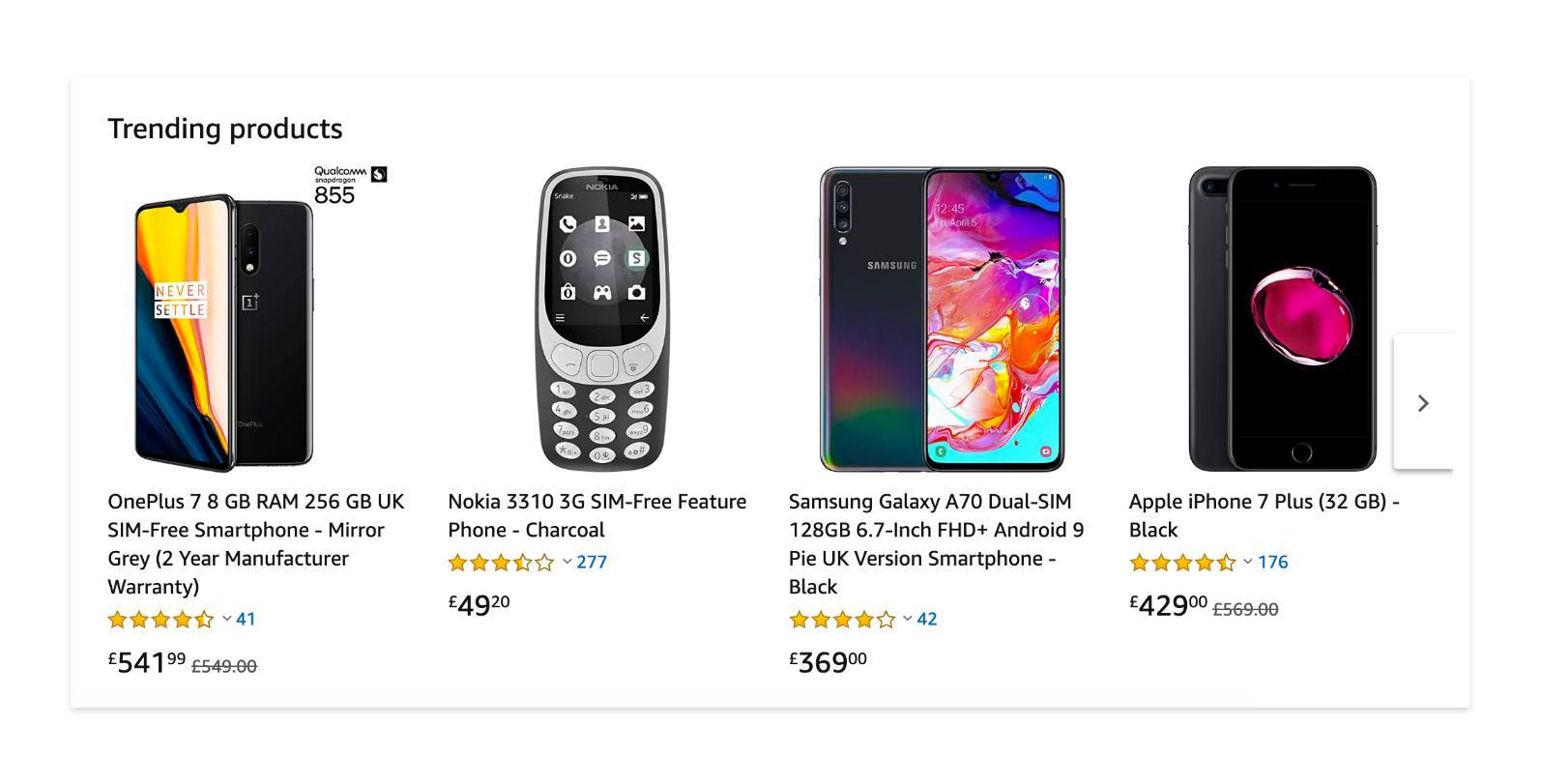
It’s the same when you view a hotel on Booking.com. In this case, Social Proof is often combined with a deadline and visible scarcity (“Only 2 rooms left on our site!”)
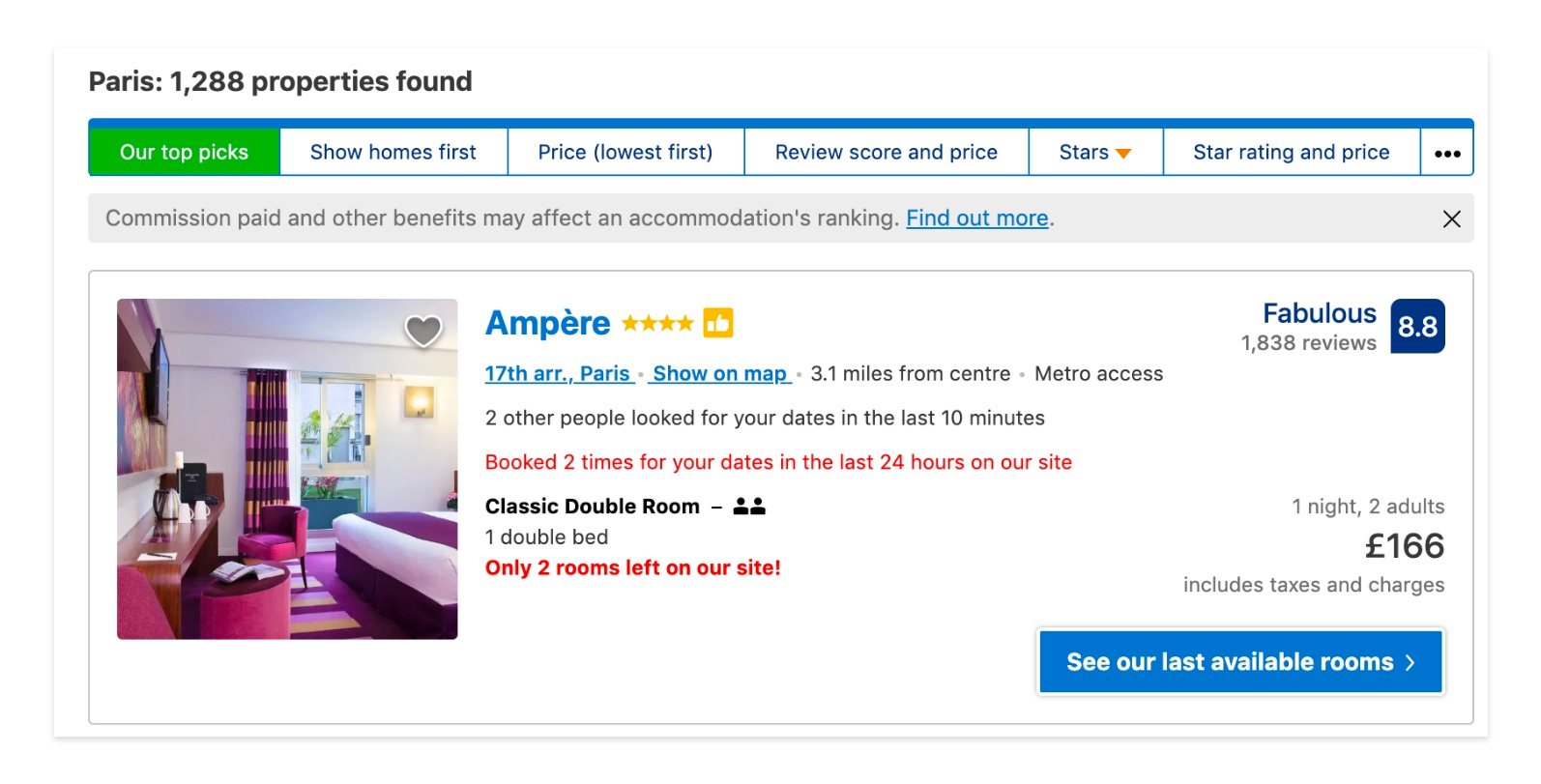
As these screenshots show, customer feedback is essential to maintaining a strong conversion rate. Because Social Proof is such a powerful influence on your customers’ decisions, the most effective form of marketing your products will ever get is customer reviews. Shopify store owners can add and manage these with the Shopify Product Reviews app, which is free to download and use. Otherwise, Trustpilot and Google Business also offer free listings and display widgets.
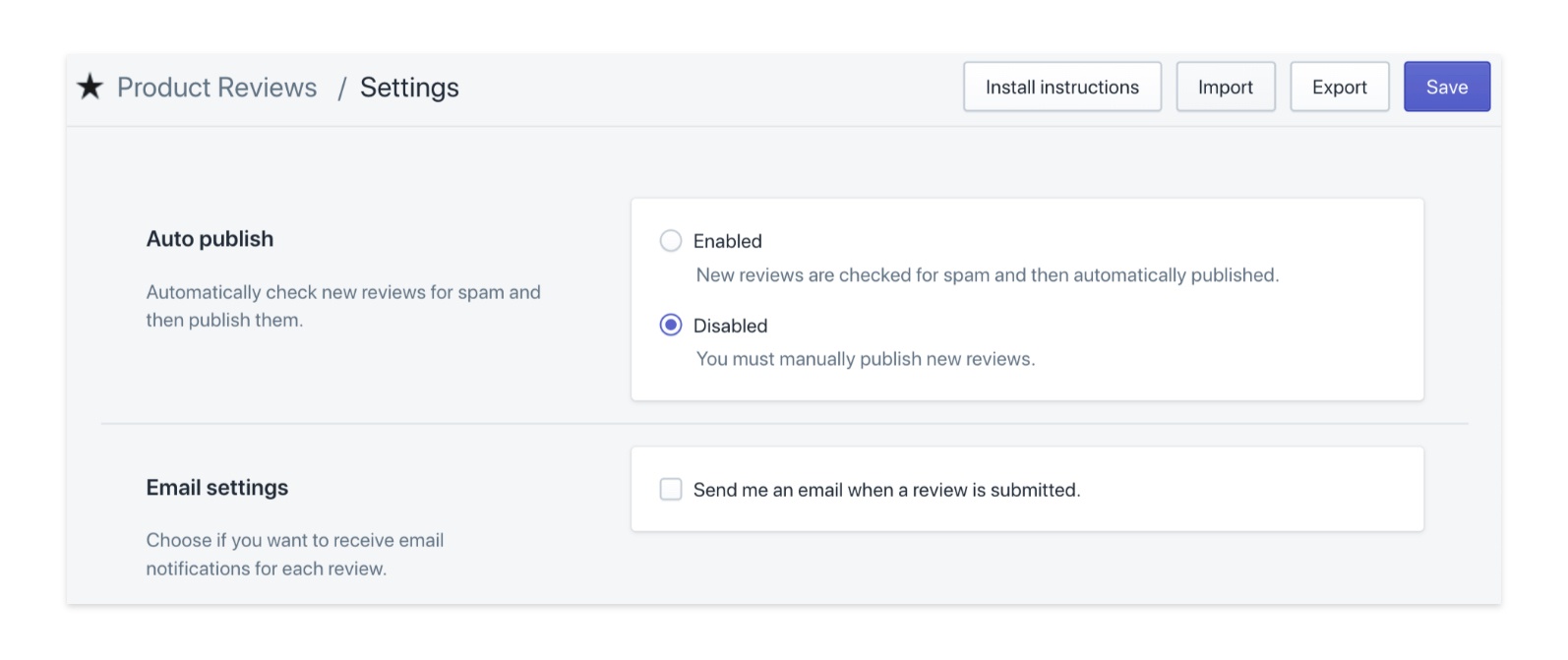
Increase Your Conversion Rate With a Social Proof App
Social Proof apps are now some of the most popular apps for eCommerce. There are over 212 different solutions in the Shopify app store, for example, which vary from simple review widgets to full customer engagement apps. However, the way you use your Social Proof app is important as the app you choose. These are some “best practice” guidelines:
- Always use REAL Social Proof. Fake Social Proof (through false data, fake customers or fictional reviews) is usually obvious and a big turn-off for customers
- Quality is important, as well as quantity. A long and detailed review is just as valuable as another 100 sales
- Authority is a big factor; if you can get someone on your side, their word is worth a lot
- Interact with your reviews. This allows you to enhance the good ones and reduce the effect of bad ones.

Get up to 15% more sales and sign-ups
from only $0.99 a month!
We tend to believe that our memory is an accurate record of our past experiences. However, not all memories are equal; certain types of memory have a much bigger impact than others on our overall perception. We pay more attention to unusual or spectacular things, and remember a new experience in more detail than subsequent ones. Because of this asymmetry, a few truly remarkable experiences can make a big difference to how we see things.
By improving your customer experience, you can earn better reviews and more repeat customers – increasing your conversion rate in the long-term. The strange science of human memory is an essential component of eCommerce psychology.
The Science of Experience and Memory
- In 1933, the early psychologist Hedwig Von Restorff conducted a series of experiments that revealed a peculiar feature of memory. When an item in a list is “isolated” in some way, so that it stands out, it is far more likely to be remembered. Although a number of other researchers have proposed cognitive or neurobiological explanations for the Von Restorff Effect (based on surprise, attention or processing) there is no definitive explanation for the mechanism involved.
- The psychologist Daniel Kahneman ran a set of experiments in the 1990s highlighting an effect known as the Peak End Rule. Experiences that cause strong emotional effects are given more importance in our memories than those which have less emotional impact. Similarly, things that occur at the start or end of a sequence, and those which mark the “peak” of an experience, are remembered more clearly than others.
Increase Your Conversion Rate With a Better Customer Experience
Because memory is asymmetrical, you can create even more positive customer experiences (and reviews) by focusing on one or two key moments. The first few seconds after someone arrives on your Shopify store are critical – so you need to make sure you have a fast-loading landing page.
After that, you need to think about the last contact a customer has with your store. This could be a thank-you page, a re-marketing email or a digital receipt. Whilst receipts used to be a formality, they can also be used as an additional marketing opportunity. Open rates for email receipts can be as high as 70-90%, which makes them far more valuable than sales emails. They can also be tailored to your customers more personally, offering highly specific upsells and recommendations.
The important thing is to offer something unexpected and give some value to your customer. By focusing on a few memorable experiences, you can enhance your customer journey and multiply your conversions.
- Amos Tversky and Daniel Kahneman, “Judgment under Uncertainty: Heuristics and Biases”, Science 185 (1974), pp. 1124–1131.
- Everett Rogers, “New Product Adoption and Diffusion“, Journal of Consumer Research 2 (1976) pp. 290–301.
- Robin Hogarth, “Order effects in belief updating: The belief-adjustment model“, Cognitive Psychology 24 (1992), pp. 1-55.
- George Sprotles and Elizabeth Kendall, “A Methodology for Profiling Consumers’ Decision‐Making Styles“, Journal of Consumer Affairs 20 (2003), pp. 267 – 279.
- “The Behavior analysis of consumer choice“, (special issue) Journal of Economic Psychology 24 (2003), pp. 581-718.
- Dianne Dean & Robin Croft “Reason and Choice: A Conceptual Study of Consumer Decision Making and Electoral Behavior“, Journal of Political Marketing 8 (2009), pp. 130-146.
- Philip Kotler and Gary Armstrong, Principles of Marketing (New Jersey, 2010).
eCommerce Psychology: Classic Books
This is a selection of the most influential psychology and consumer behaviour books of the past fifty years. For books related to neuromarketing, see this 2020 reading list.
- Robert Cialdini, Influence (Chicago, 1984)
- Richard Thaler, Nudge (London, 2008)
- Elizabeth Parsons and Pauline Maclaren, Contemporary Issues in Marketing and Consumer Behaviour (London, 2009).
- Daniel Priestley, Oversubscribed (London, 2015).
- Seth Stephens-Davidowitz, Everybody Lies (Oxford, 2017)
- Roger Dooley, Friction (New York, 2019).
The most successful stores know their customers the best. For established businesses, that should involve techniques like customer journey analysis and building customer profiles. However, any store can increase their conversion rate by exploring the science of how people make choices. eCommerce psychology and behaviour is the fast-track way to understanding what makes your customers tick.
